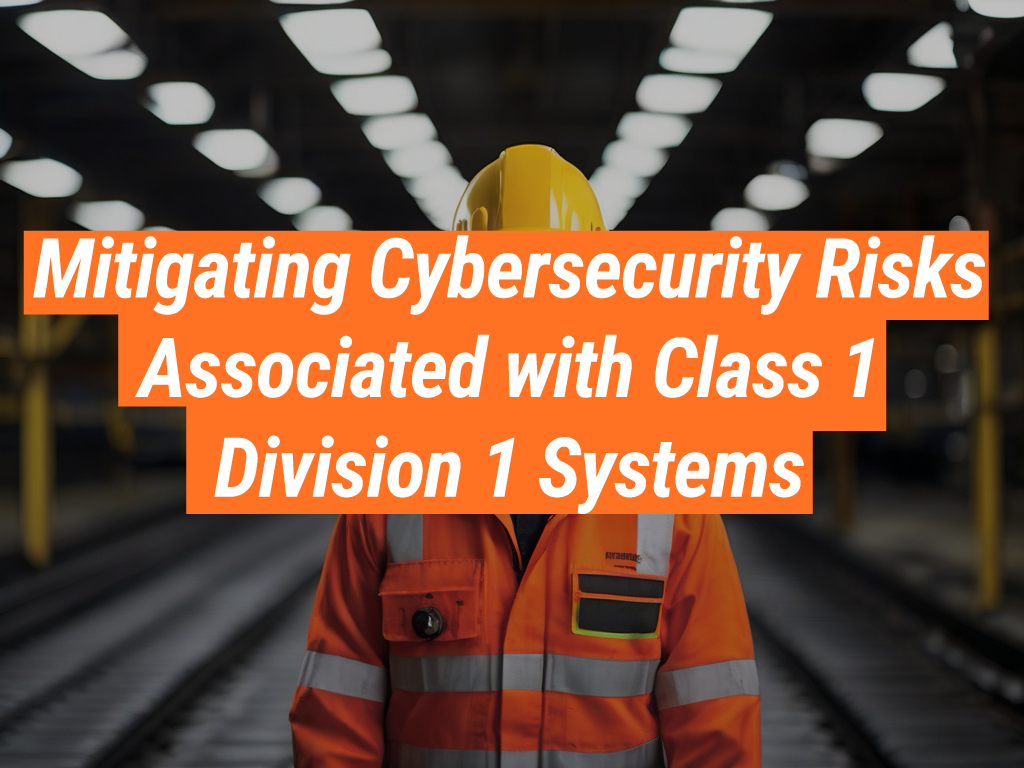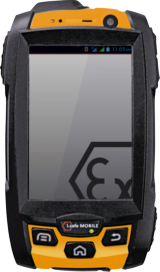As the world becomes increasingly digital, the need for robust cybersecurity measures has never been more critical. This is particularly true for Class 1 Division 1 (C1D1) systems, which are used in hazardous environments where flammable gases or vapors may be present. In this article, we will explore the cybersecurity risks associated with these systems and how they can be mitigated. Intrinsically Safe Store, is a leading provider of intrinsically safe products and solutions, and how we can help you secure your C1D1 systems. We encourage you to visit our website to learn more about our offerings.
Understanding the Cybersecurity Risks
Before we delve into the mitigation strategies, it’s crucial to understand the cybersecurity risks associated with C1D1 systems. These systems are often used in critical infrastructure sectors, such as oil and gas, chemical, and power generation industries. A cyberattack on these systems could lead to catastrophic consequences, including loss of life, environmental damage, and significant financial losses.
- Unauthorized Access: Hackers can gain unauthorized access to the system and manipulate its operations, leading to potentially dangerous situations.
- Data Breach: Sensitive data stored in these systems can be stolen, leading to financial losses and reputational damage.
- System Disruption: Cyberattacks can disrupt the normal functioning of the system, leading to downtime and loss of productivity.
Strategies for Mitigating Cybersecurity Risks
Now that we understand the risks, let’s explore some strategies for mitigating them.
- Implement Robust Access Controls: This includes using strong passwords, two-factor authentication, and limiting access to only those who need it.
- Regularly Update and Patch Systems: Regular updates and patches can fix vulnerabilities that hackers could exploit.
- Use Intrinsically Safe Devices: Devices certified as intrinsically safe are designed to operate safely in hazardous environments. The Intrinsically Safe Store offers a wide range of these devices.
- Conduct Regular Security Audits: Regular audits can help identify potential vulnerabilities and address them before they can be exploited.
Case Study: Intrinsically Safe Store’s Role in Mitigating Cybersecurity Risks
The Intrinsically Safe Store has been instrumental in helping organizations secure their C1D1 systems. We offer a wide range of intrinsically safe devices, including smartphones, tablets, and two way radios, that are designed to operate safely in hazardous environments. These devices are not only robust and reliable but also come with advanced security features to protect against cyber threats.
One of our clients, a leading oil and gas company, was able to significantly enhance the security of their C1D1 systems by implementing intrinsically safe devices from the Intrinsically Safe Store. This not only improved the safety of their operations but also protected them from potential cyberattacks.
In conclusion, while the cybersecurity risks associated with C1D1 systems are significant, they can be effectively mitigated with the right strategies and tools. Implementing robust access controls, regularly updating and patching systems, using intrinsically safe devices, and conducting regular security audits are some of the key steps that organizations can take. Intrinsically Safe Store, with its wide range of intrinsically safe devices, can play a crucial role in this process.
If you’re looking to enhance the security of your C1D1 systems, don’t hesitate to contact Intrinsically Safe Store. Their team of experts will be more than happy to assist you.



























